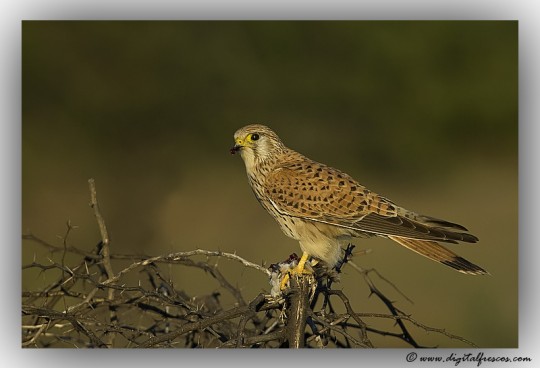The ringed kingfisher (Megaceryle torquata) is a Neotropical kingfisher that lives in habitats ranging between the US and Mexico. In 1888, the species was first discovered in the US, while the first ringed kingfisher nest was found in 1970. They are commonly seen along the Rio Grande and in water bodies in southern Texas. Their distribution is increasing and expanding upwards. Ringed kingfishers have a dark-brown iris that is constant amongst all age groups. They possess a straight bill that is longer than its head, along with a curved culmen and tomial serrations. The lower mandible appears to have some yellowish colorations. They possess syndactil feet with olive-green or yellowish toes and black claws. A large crest appears to be between the base of the bill and neck. Several individuals have a white collar located around the neck. Ringed kingfishers are seen in freshwater habitats, tropical and temperate marine shorelines as well as several islands, such as Coiba Island. Breeding occurs in aquatic regions with support of aquatic animals, including fish populated areas for nesting burrows. Nests can be found farther away from the waters. Habitats are near waterbodies that include streams, rivers, ponds, lakes, estuaries and marine habitats. Habitats with clear water and less vegetation are preferred to easily access its prey.
Ringed kingfishers can perch for several hours on trees while watching for prey in the freshwater. Belted kingfishers perch for only a few moments. Ringed kingfishers have also been observed to forage in marine water. They catch their prey by diving from a perch. The Ringed Kingfisher is the largest kingfisher in the Americas. Its heavy, pale-based bill, disheveled crest, blue-gray plumage, white collar, and red belly are visible and recognizable even at a distance. Ringed Kingfishers are often conspicuous, searching shallow water for fish from a prominent perch and chattering noisily when disturbed. Singles or pairs are also often observed flying high overhead and giving loud “keck!” contact calls. Like other kingfishers, the Ringed nests in burrows excavated in banks, generally along watercourses. This species occurs in areas with shallow water throughout the Neotropics south to Tierra del Fuego. It is classified as least concern by IUCN.
![]()






Sorry, the comment form is closed at this time.